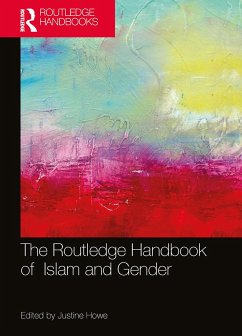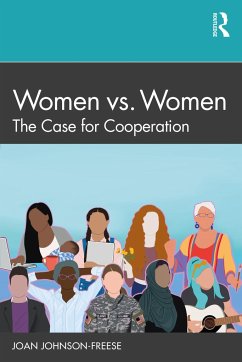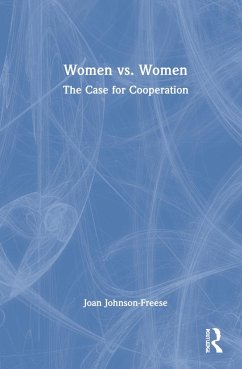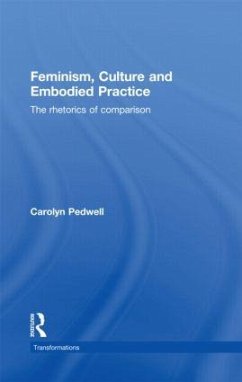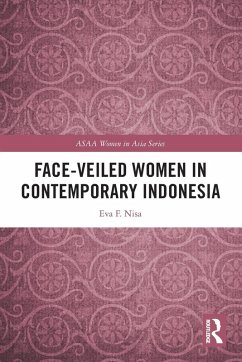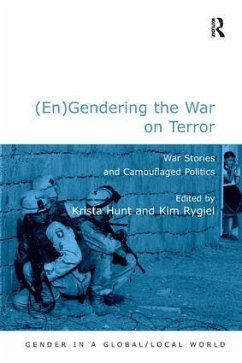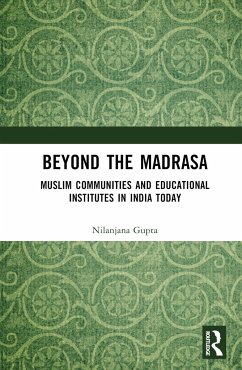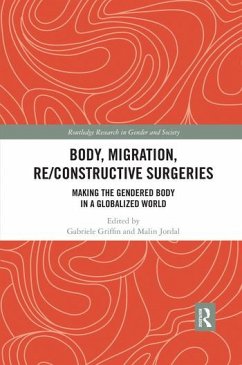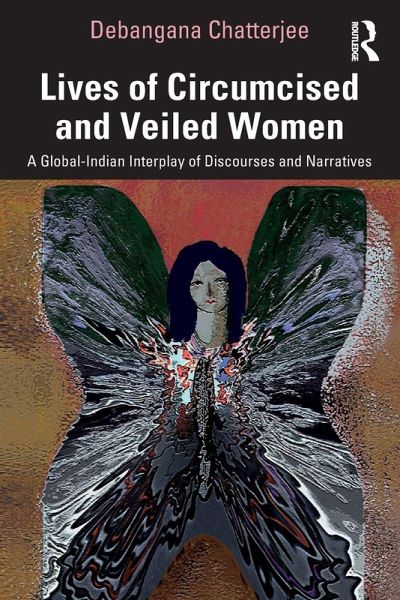
Lives of Circumcised and Veiled Women
A Global-Indian Interplay of Discourses and Narratives
Versandkostenfrei!
Versandfertig in 6-10 Tagen
43,99 €
inkl. MwSt.
Weitere Ausgaben:

PAYBACK Punkte
22 °P sammeln!
The book unravels the politics of representation and the process of exoticising women's bodies through the prism of external gaze and knowledge production. It brings out the intricacies of representational discourses around cultural practices of female circumcision (FC)/female genital cutting (FGC) and Islamic veiling. Focusing on crucial international legal texts and national legislation, the book gives an overview of the cultural nuances in FC/FGC and juxtaposes it with the Indian variation, khafz. The author studies the international veiling narratives that conjure up a fractured discourse ...
The book unravels the politics of representation and the process of exoticising women's bodies through the prism of external gaze and knowledge production. It brings out the intricacies of representational discourses around cultural practices of female circumcision (FC)/female genital cutting (FGC) and Islamic veiling. Focusing on crucial international legal texts and national legislation, the book gives an overview of the cultural nuances in FC/FGC and juxtaposes it with the Indian variation, khafz. The author studies the international veiling narratives that conjure up a fractured discourse containing aspects of colonialism, Islamophobia, and Islamic fashion and maps them with the regional variations of Islamic purdah in India. The volume explores the cultural practice of khafz and purdah through narratives in India, portraying how representational factors from international discourses reflect on the Indian context and vice versa.
Amid the world of binaries and polarised opinions, the book offers a nuanced analysis of the space in-between, characterised by narratives from women. By situating women's narratives in relation to family, community, state, and international politics, the book explores the global-Indian interplay of discourses on FC/FGC and Islamic veiling. This volume will be of interest to scholars, students, and readers of gender studies, feminism, cultural and religious studies, sociology, South Asian studies, and International Relations.
Amid the world of binaries and polarised opinions, the book offers a nuanced analysis of the space in-between, characterised by narratives from women. By situating women's narratives in relation to family, community, state, and international politics, the book explores the global-Indian interplay of discourses on FC/FGC and Islamic veiling. This volume will be of interest to scholars, students, and readers of gender studies, feminism, cultural and religious studies, sociology, South Asian studies, and International Relations.






